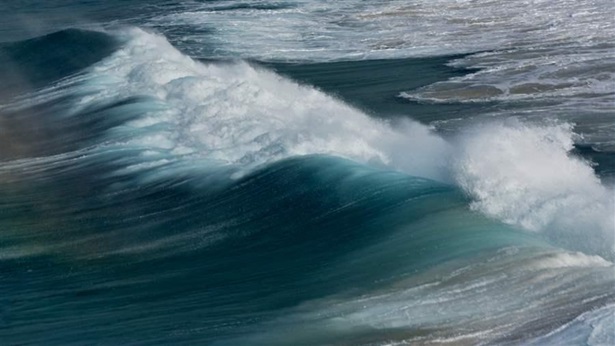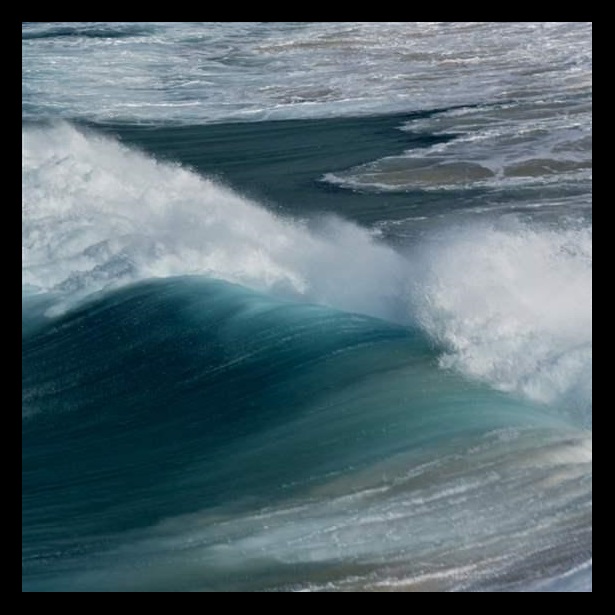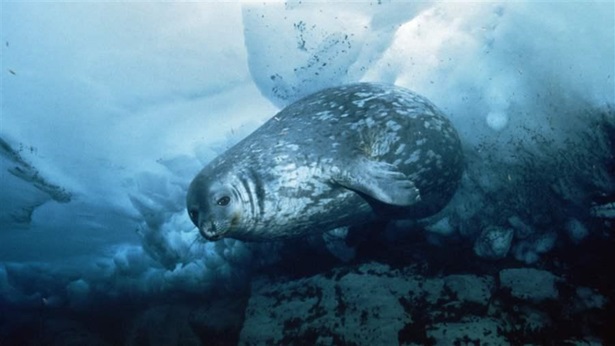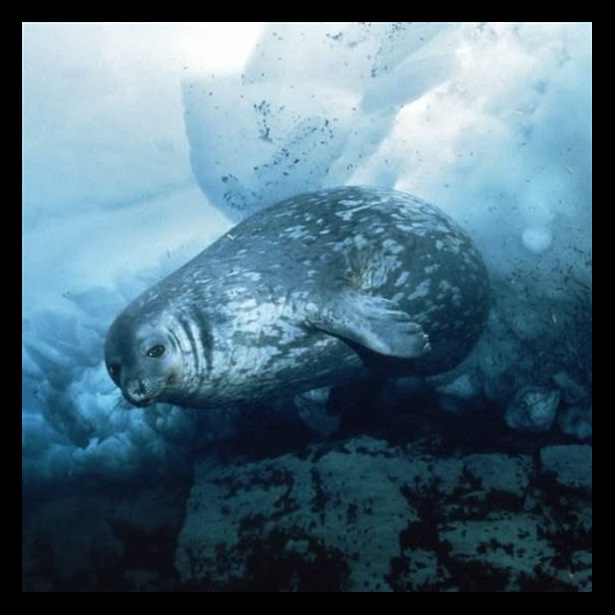4th International Marine Protected Areas Congress
The Chilean government will host the Fourth International Marine Protected Areas Congress (IMPAC4) in La Serena and Coquimbo, Sept. 4-8, 2017. The congress will be followed by a high-level meeting of ministers, influential ocean policy advocates, and decision-makers in Valparaiso on Sept. 9. Over the course of the week, leaders, government officials, representatives of local communities, scientists, and conservationists from around the world will gather to focus on the critical environmental, social, and economic values and benefits of marine protected areas (MPAs). The underlying goal is to inspire action.
Today, less than 4 percent of the world’s oceans are under some kind of protection, but only about 1.6 percent are highly protected. Nations can turn the tide by working together to set aside at least 30 percent as MPAs with high levels of protection. That is the amount that scientists say must be safeguarded to effectively conserve biodiversity and protect our oceans.
This collection of resources covers a range of ocean issues, focusing on high seas protections, Antarctic marine conservation, and efforts to boost the creation of MPAs around the world.
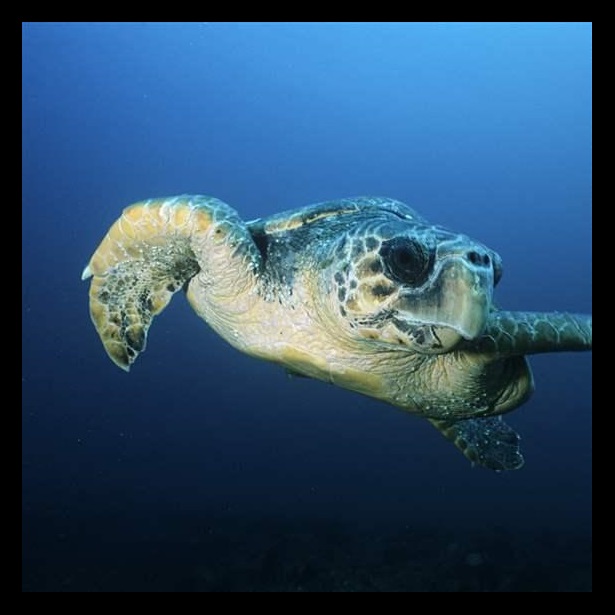
High Seas Protections Must Cover Critical Role of Ecosystems
Learn MoreAdditional Resources


America’s Overdose Crisis
Sign up for our five-email course explaining the overdose crisis in America, the state of treatment access, and ways to improve care
Sign up

This video is hosted by YouTube. In order to view it, you must consent to the use of “Marketing Cookies” by updating your preferences in the Cookie Settings link below. View on YouTube
This video is hosted by YouTube. In order to view it, you must consent to the use of “Marketing Cookies” by updating your preferences in the Cookie Settings link below. View on YouTube
